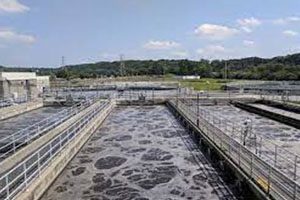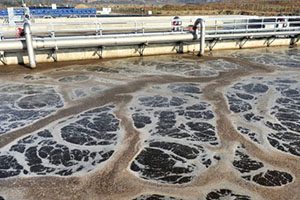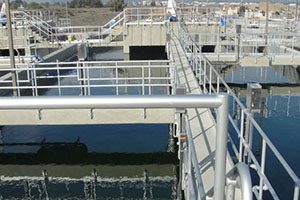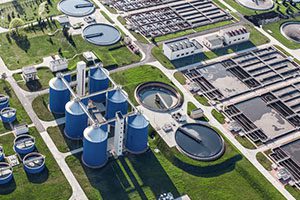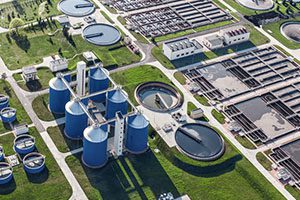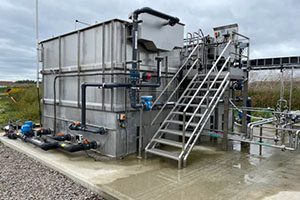Wastewater Treatment xử lý nước thải
Wastewater Treatment: Treating wastewater is a process that must be done carefully to ensure the environment remains healthy. Wastewater, which is water that has been used in homes and businesses, contains many different types of pollution or contaminants that can harm local ecosystems if they are not removed before the water enters rivers, streams, lakes, and oceans.
Wastewater is a valuable source of energy. You may return treated wastewater back to where it came from, and you don’t have to worry about pollutants affecting our rivers and streams any longer.
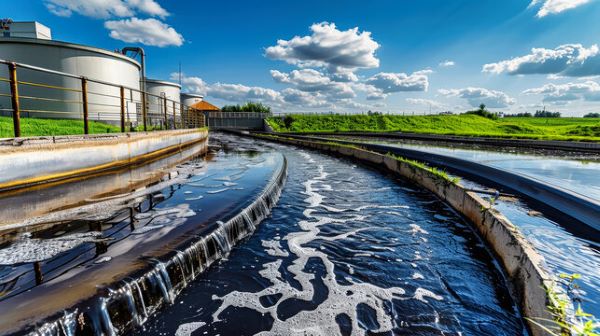
Wastewater Treatment using Ionization Technology: We apply new and advanced technology to address pollution issues, meeting the criteria of low cost, simple installation, and operation, as well as low operational and maintenance costs.
Ion Exchange Technology in Wastewater Treatment Process
Ion Exchange Technology: Ion exchange devices generate a large number of free ions in the water, which act vigorously. These ions break down the bonds of organic compounds, react with inorganic compounds and heavy metals in the water, causing them to precipitate completely without the need for chemicals.
The ion environment alters the properties of water, providing high bactericidal capabilities that help eliminate bacteria and pathogens present in the water. This reduces the need for disinfecting chemicals, thus saving operational costs and minimizing chemical residues after treatment.
Main steps and technologies in wastewater treatment process Xử lý nước thải dệt nhộm
- Preliminary Treatment
- Screening: Removal of large objects such as leaves, plastic waste, metals, paper, etc.
- Grit Chamber: Removal of sand, gravel, and other heavy particles.
- Equalization Basin: Adjusting the flow rate and pollutant concentration in the wastewater.
- Primary Treatment
- Primary Clarifier: Removal of suspended solids by settling to the bottom of the tank.
- Oil and Grease Removal: Methods such as skimming, and membrane filtration are used to remove oils and greases.
- Secondary Treatment
- Biological Treatment: Use of microorganisms to decompose organic matter. Common systems include:
- Aerotank: A system that uses oxygen to enhance the activity of microorganisms.
- UASB (Upflow Anaerobic Sludge Blanket): Anaerobic treatment, using microorganisms to decompose organic matter without oxygen.
- MBR (Membrane Bioreactor): Combining biological treatment and membrane filtration.
- Tertiary Treatment
- Chemical Treatment: Use of chemicals to precipitate and remove remaining pollutants.
- Filtration: Methods such as sand filtration, and activated carbon filtration to remove small particles.
- Disinfection: Methods such as chlorine, ozone, and UV are used to kill pathogenic microorganisms.
- Sludge Treatment
- Sludge Thickening: Increasing sludge concentration by water separation.
- Sludge Treatment: Methods such as fermentation, drying, and incineration to treat sludge.
New Technologies and Development Trends
- Membrane Technology: Use of membrane filtration to remove pollutants with high efficiency.
- Phytoremediation: Use of plants to absorb and remove pollutants.
- Advanced Microbial Treatment: Use of selected microbial strains to enhance treatment efficiency.
 EN
EN
 VN
VN



